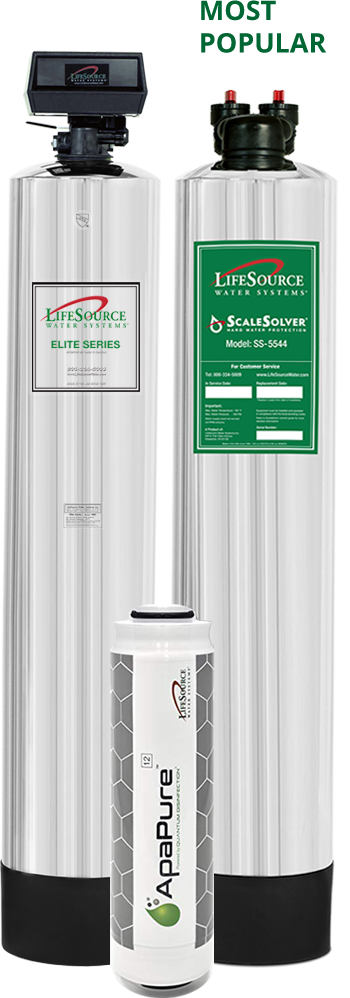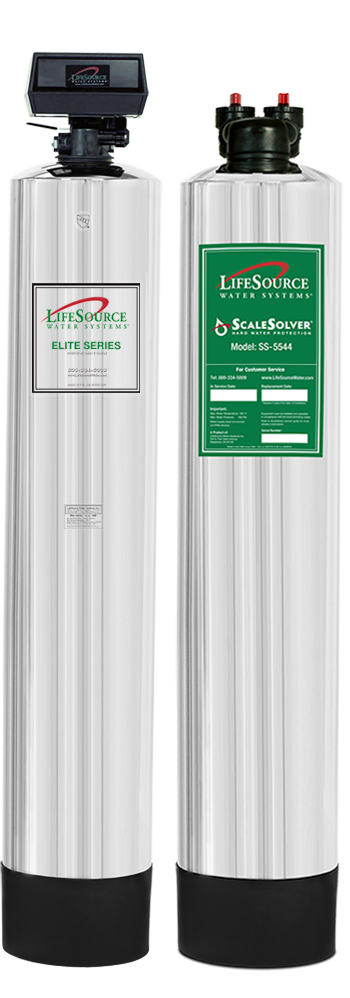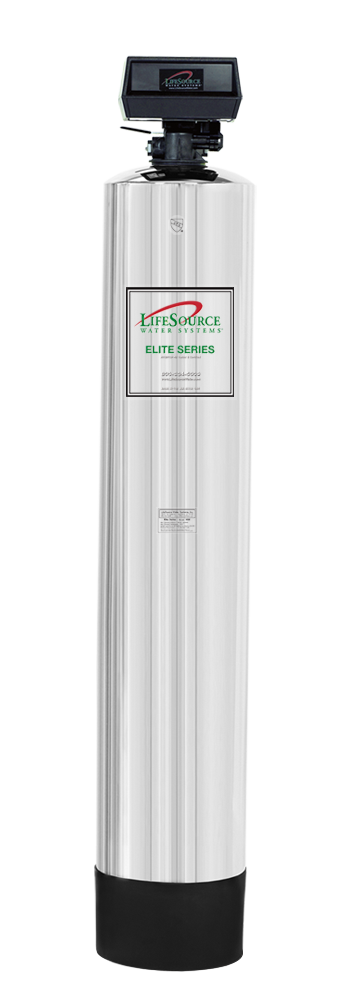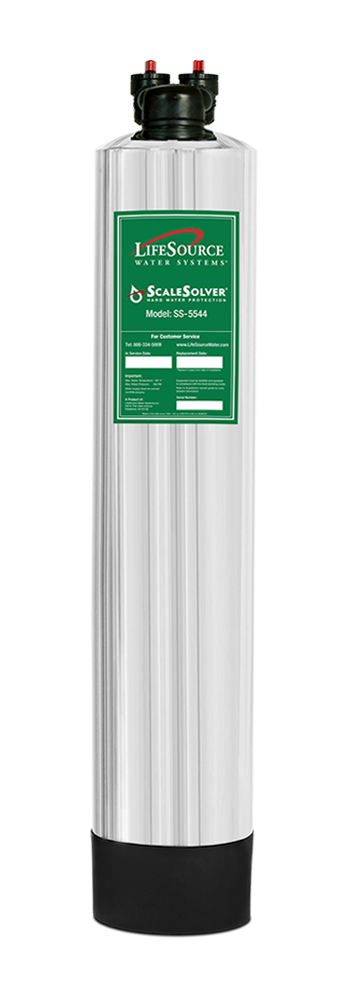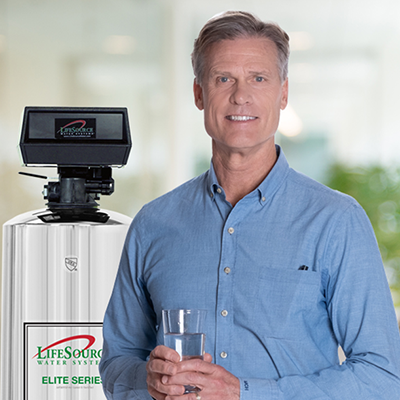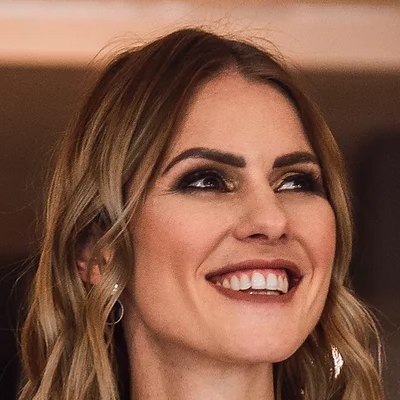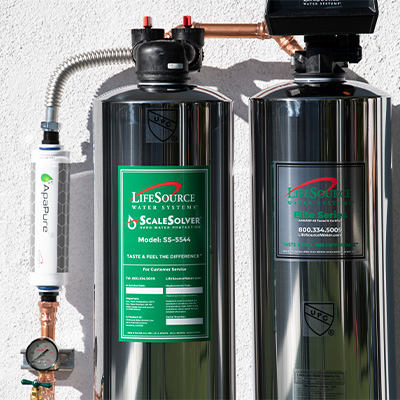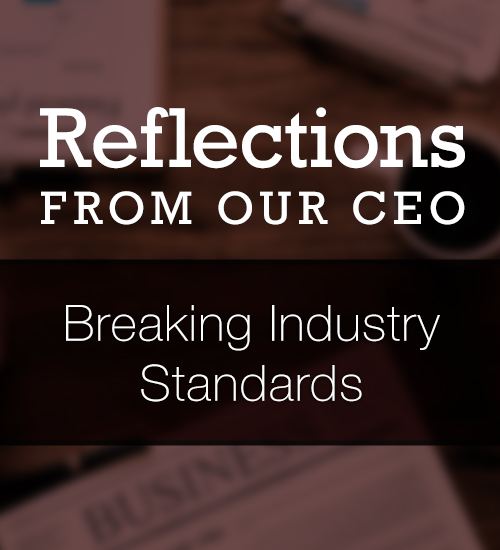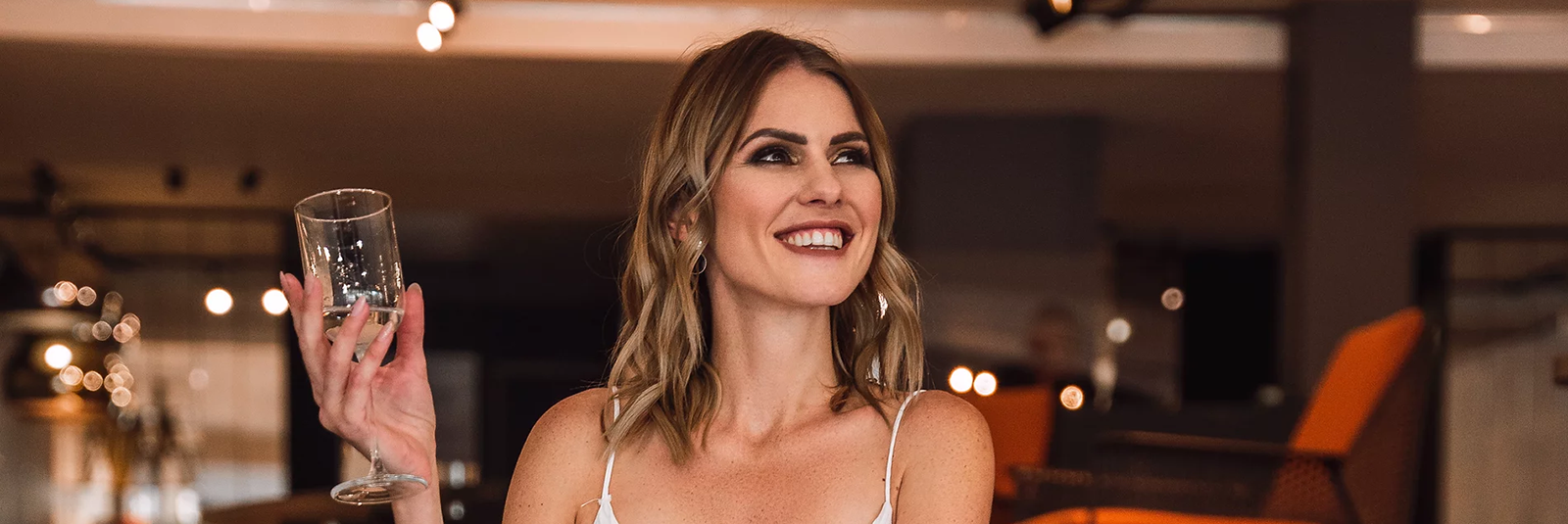
Water Is Not Just Water
A conversation with Candice Jansen, water sommelier
Candice has always been passionate about water, which stems in part from personal experiences deeply intertwined with the scarcity of this vital resource. Her homeland of South Africa serves as a poignant example, where numerous communities lack access to running water. Even prosperous vacation towns like Cape Town are water deficient - which one TIME writer likens to San Diego running dry. An ongoing water crisis accelerated by poor water distribution forces residents in rural areas to travel into the city to get their water. Once residents obtain water, another issue arises – its misuse.
For example, although showers are limited to 25 minutes, people still claim that they need more time. Candice wants to change the perception that we need to use this much water; a typical shower should last for about 5-10 minutes. (A medical doctor has suggested that showering longer than 10 minutes can potentially dry out the skin.)
“It’s amazing when you’re on a restriction, how little water you can live on and still do all you need to do. When water is abundant, we don’t scale our usage. We can get by with less.”
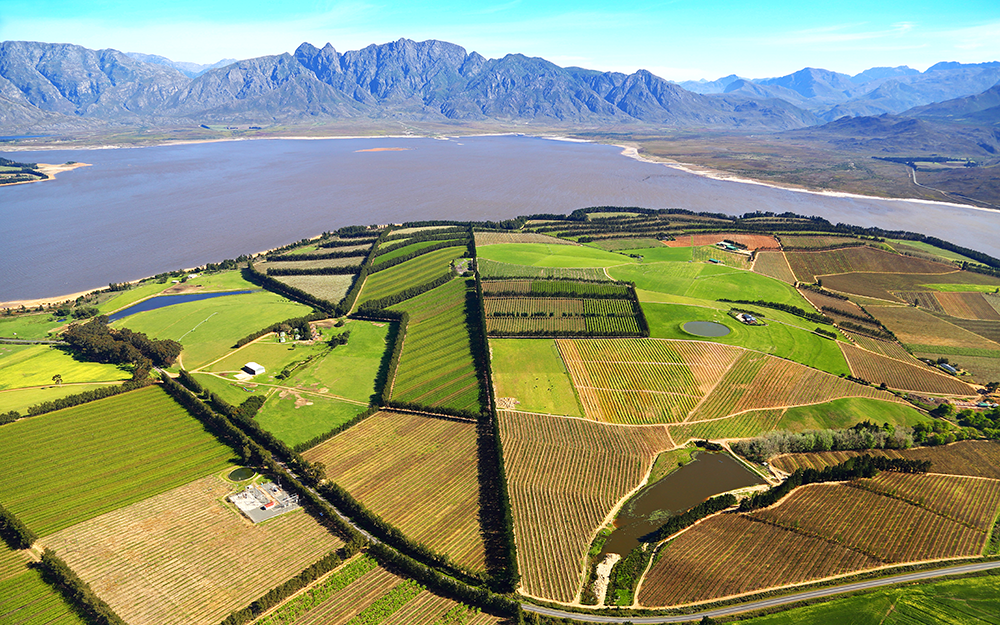
The water quality in South Africa is another escalating issue, evident in this year's annual water report. This also rings true for many cities across the U.S., which have also been experiencing deteriorating water quality and, subsequently, boil water notices. Many South African communities have resorted to boreholes as alternatives to municipal supplies.
Organizations are trying to provide communities with water, but “there are no permanent solutions, and it may take years to complete a project.” Candice says. In addition, while households can minimize water use, the agricultural, energy and industrial/mining sectors comprise the majority of its use. Candice says that as individuals, we should try to do as much as we can.
When driving around South Africa, Candice has seen people watering their lawns in the middle of the day – when water evaporates faster. Often, Candice makes a pit stop and engages in conversation with them. She finds that many are unaware of the water restrictions, let alone proper water usage.
That’s the kind of on-the-ground work that Candice does, which leads to the question...
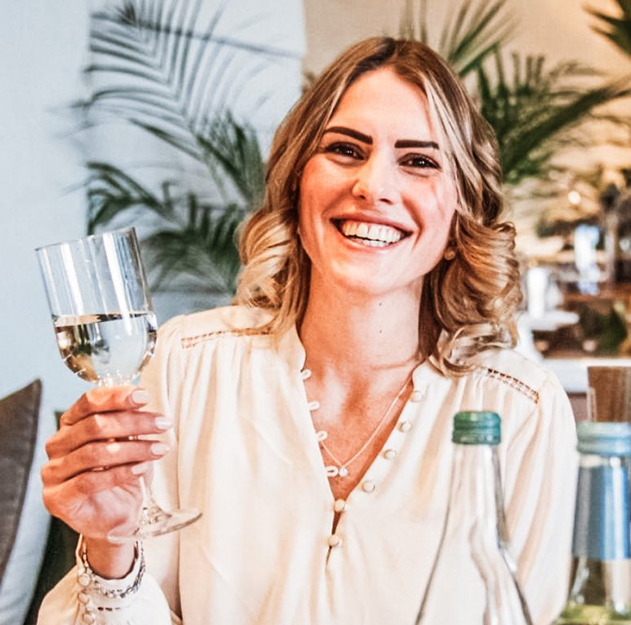
Ultimately, holding the title of water sommelier involves both industry-impacting and on-the-ground work like conversing with ordinary people, manufacturers, and industry leaders about water.
“There’s a lack of general knowledge around water. No one is going home and saying, “How can I use this?” Water is regarded as ‘just’ water.”
By starting a conversation, we can be more mindful of where it comes from, and from there, we can understand the scope of its value in our everyday lives.
“It’s going to be a long journey. If we can change consumer behavior and deter businesses from bottling tap water, every little bit helps. We can use water for the right applications.”
Most people don’t know that tap water can contain pharmaceutical traces, besides bacteria and other harmful contaminants. Pharmaceutical traces can include medicine and birth control, which can get into our water supply when flushed down the toilet.
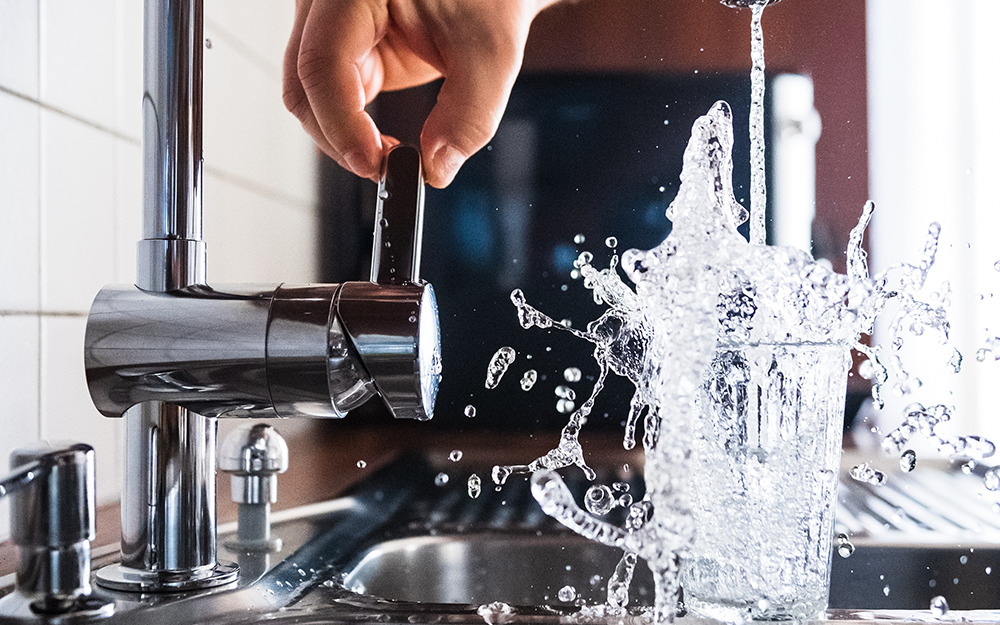
Many treatment systems remove harmful bacteria but leave in the pharmaceutical traces that can show up in your drinking water.
Because of these contaminants, Candice encourages people to get a home filtration system. “You should be using the tap water. That’s why it’s there. You should be able to cook with it.”
The ideal filtration system, Candice says, removes harmful contaminants and pharmaceutical traces while allowing minerals to pass through.
“We can’t assume every filtration system is doing the same thing. Because they’re not. Technology that removes and also leaves in the minerals is important.”
You should also refrain from dumping cooking oil down the drain and other ingredients that may clog pipes or infect your municipal water supply. Here are other items you shouldn't be dumping down the drain: view list.
If you do buy bottled water, Candice encourages you to read the labels. By doing so, you can acknowledge that the quality of water varies from one brand to another. The following is a guide to help you distinguish between different terms on bottled water.
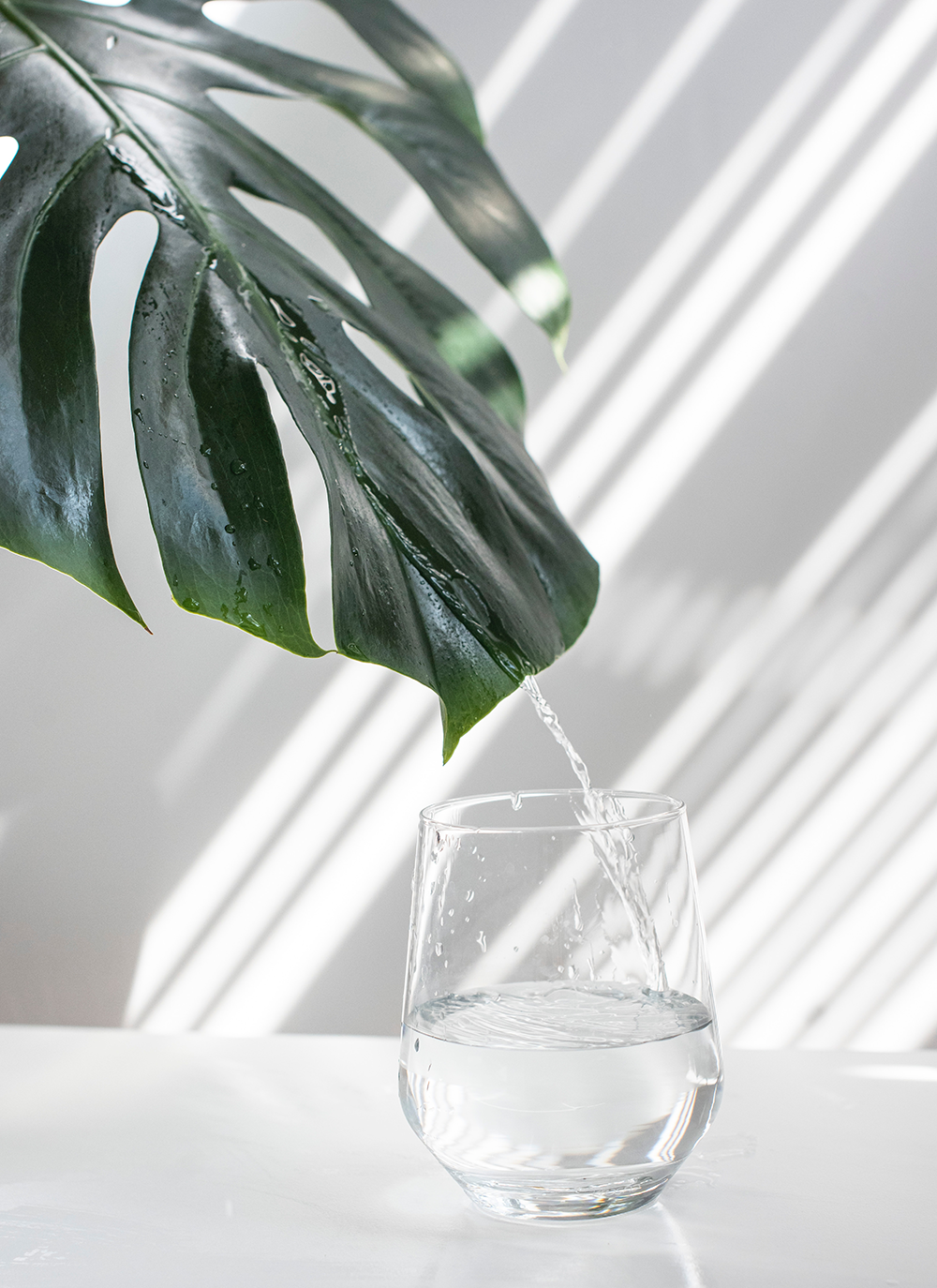
“Pure” vs. “Natural”
Many bottled water companies say their water is “pure” and mark up prices. However, "purified" water removes not only harmful chemicals but also healthy minerals. “Minerals have nutritional value,” says Candice. “Why do we feel the need to alter water? It’s available to you in a perfect form.”
Look for “natural,” not “pure.” Natural water will include the source on the label. The term "provenance" can tell you the components of water – whether it’s spring water, mineral-free, or mineral-rich, for example. Spring water is natural and full of minerals.
Avoid the word “premium.” There’s no such thing as premium water.
"Prepared" water (a term commonly used in South Africa) can come from a public source, underground, or surface water, but undergoes processing that changes the chemical composition of the water. This is different in every country. What's important is to understand that not all water is natural. Many of America’s top-selling bottled water brands are sourced from municipal sources. "Why, when natural water is available to us?" Candice asks.
So, what is alkalinity?
Out with “pH” and in with “TDS”
I asked Candice about a Home Depot report on the water in my home. The results: a TDS of 238 PPM and a hardness of 11 GPG.
TDS, or Total Dissolved Solids, indicates the total minerality of water. Calcium and magnesium determine the hardness of water. But, Candice says, the hardness of water isn’t necessarily bad. It just indicates a higher mineral content in the water. These minerals also determine the flavor of water. GPG, one measurement of TDS, refers to 1 grain of calcium carbonate per gallon of water.
"TDS for everyday drinking can range from anything from 30 mg/l to 2000 mg/l, and even more! There is a water for every occasion. Determining minerality levels depends on your taste preference. There is no right or wrong," says Candice.
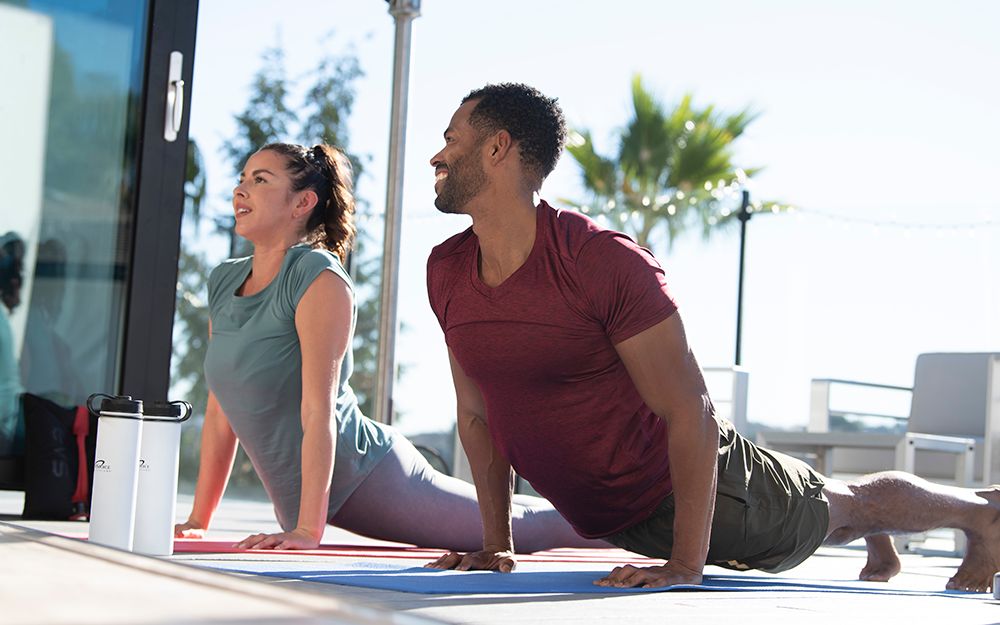
Levels of TDS for Different Activities
Everyday Drinking Water: 230 TDS is a good mineral water and not extremely ‘hard.’
Exercising: Higher TDS water with more electrolytes and minerals.
Dinner: Different mineral waters can be paired with food and wine. A water sommelier can assist with this.
What TDS levels are good?
No amount is 'good' or 'bad'. Depending on your preference, hard TDS for dinner, low TDS for lunch – can be your motto.
As for pH?
Be wary of “pH-balanced” water. People buy high alkaline water to neutralize the body, but the stomach is designed to be acidic to aid digestion. The human body maintains stable pH levels in the blood and saliva, and drinking water cannot change these pH levels.
“The average person has no idea what pH is. We may hear that pH must be 7, but what does that mean? You can add things to your water that may help with other health conditions, but not your blood. The chemical composition of water is very important. pH will affect the taste slightly, but more so the mineral content.”
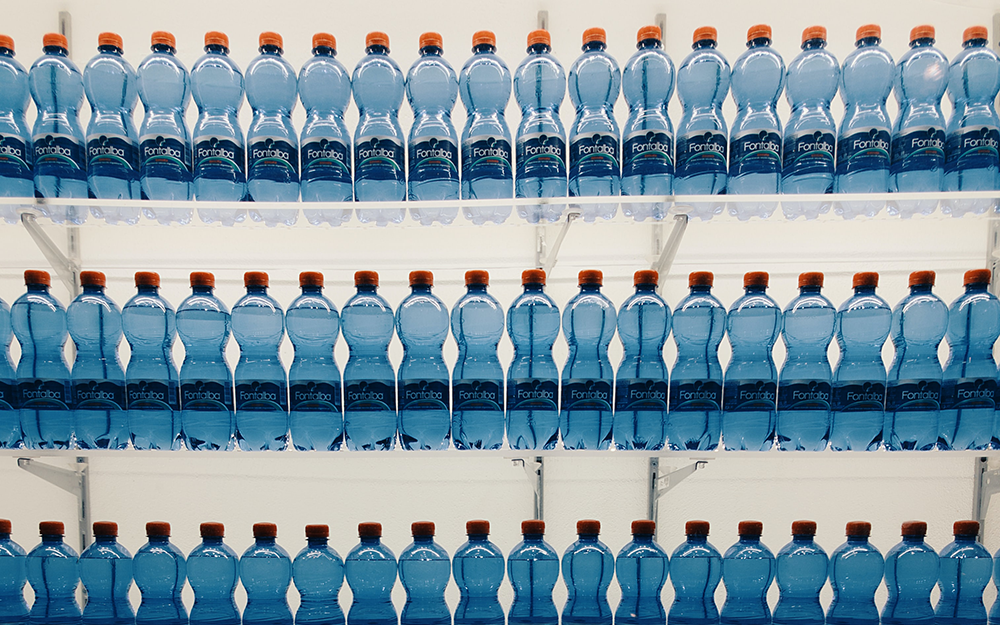
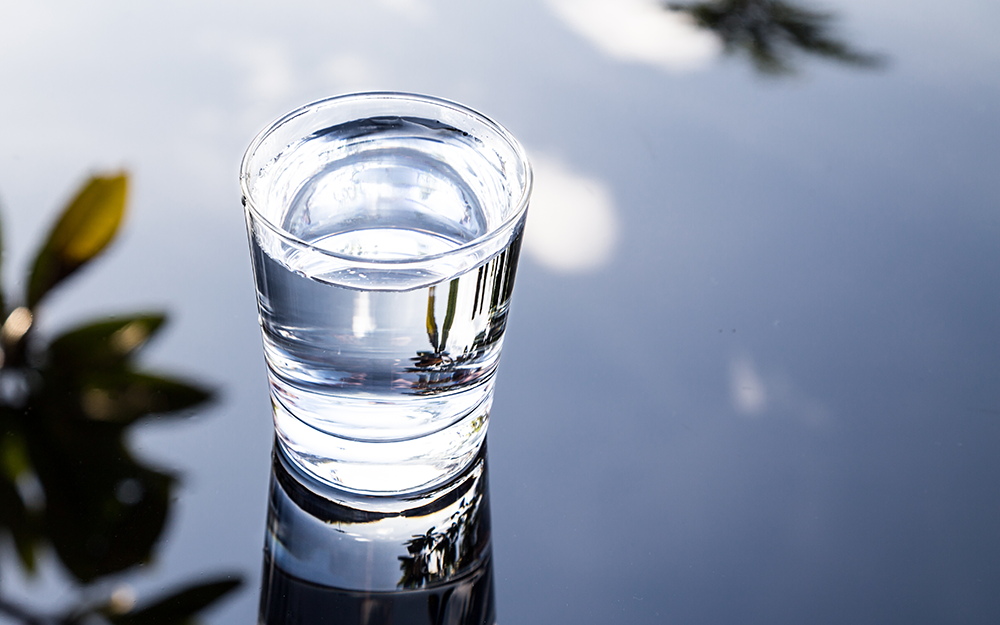
"Mother Nature Crafts Water So Perfectly."
Instead of pH, consider the nutritional value of water. Is it natural or processed?
"If you start drinking natural water, you will see the difference. Mother nature crafts water so perfectly."
Water in its natural form can be exceptional in quality. But, it must still be tested. (Not all natural water may be safe for consumption.)
"The water industry is booming," Candice says. "People with buying power and communities without water have the same understanding of water. No group is singled out for lack of education about simple things like tap water. It’s a global issue.”
Being a water sommelier has created a platform for addressing this knowledge gap.
Bottom Line: Read the labels to find out the source. Aim for natural, not pure.
Drinking water can be an experience, much like drinking wine. And only when we have a language for it can we convey the taste and feel of an experience - in this case, uncovering the nuances of water.
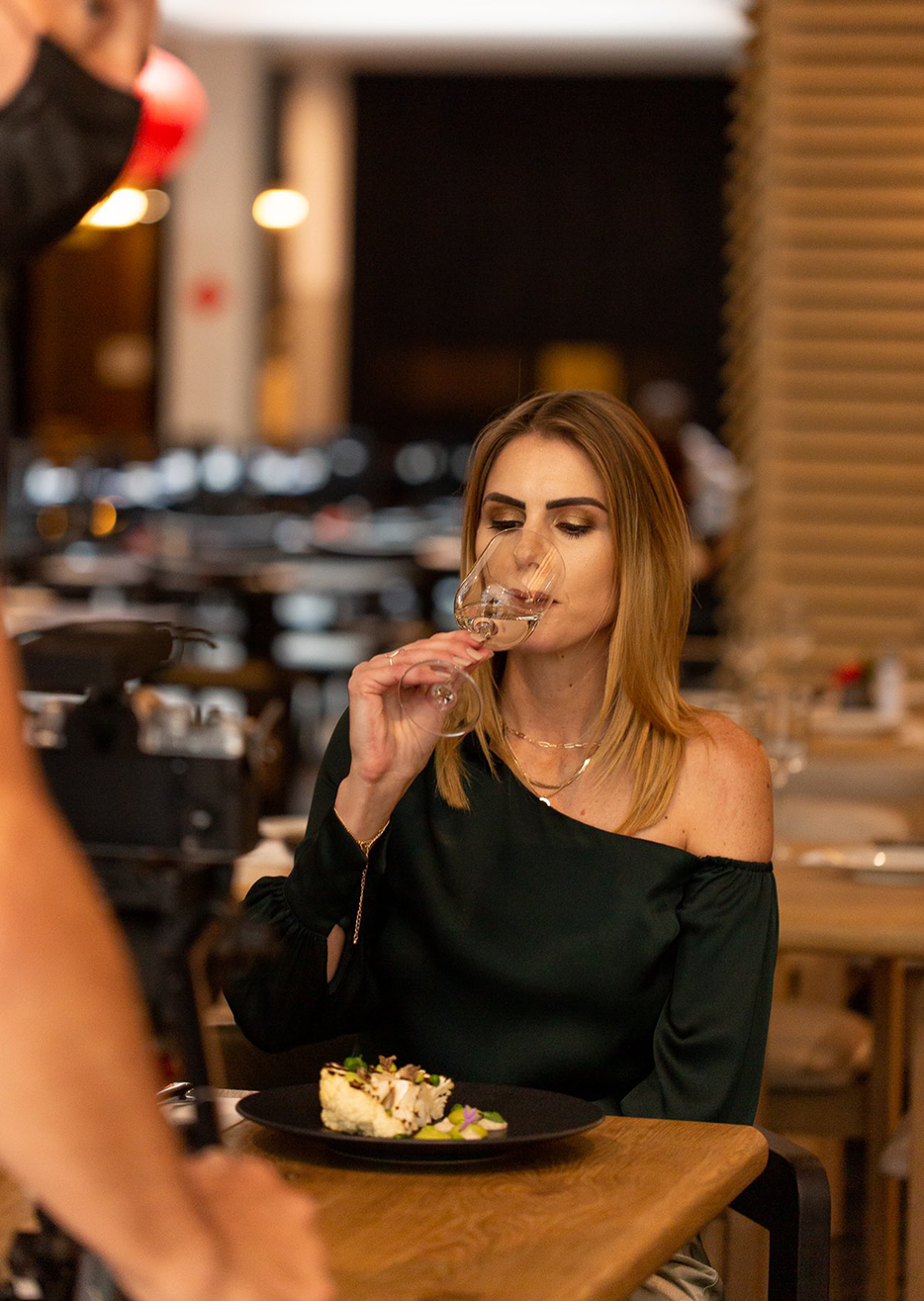
Here’s a guide to help you distinguish the taste of water:
Water has a mouth feel, like wine. The mouth feel of water ranges from thinner to thicker, depending on the level of minerality. You may call a thicker water 'full-bodied' or 'round'.
Terroir specifies the geographical conditions of the water source and dictates the taste components and characteristics. For example, natural silica makes the property of water thicker than ordinary water – such as Fiji water.
Minerality levels range from low, medium, and hard. Minerals will cleanse the palate – erasing the chalky aftertaste. Purified water has the opposite effect because of the lack of minerals. Hardness indicates a higher magnesium and calcium content.
As for carbonation levels, the size of the bubble will affect taste (because you will taste more water than air with bigger bubbles).
Water Can Be Naturally Carbonated
Water that comes out of the ground sparkling has a natural inclination to hold onto bubbles. Naturally carbonated water forms in natural springs, wells, or boreholes when CO2 is trapped underground with the water.
Volcanic water tends to be naturally carbonated and have a high sodium content that influences the taste.
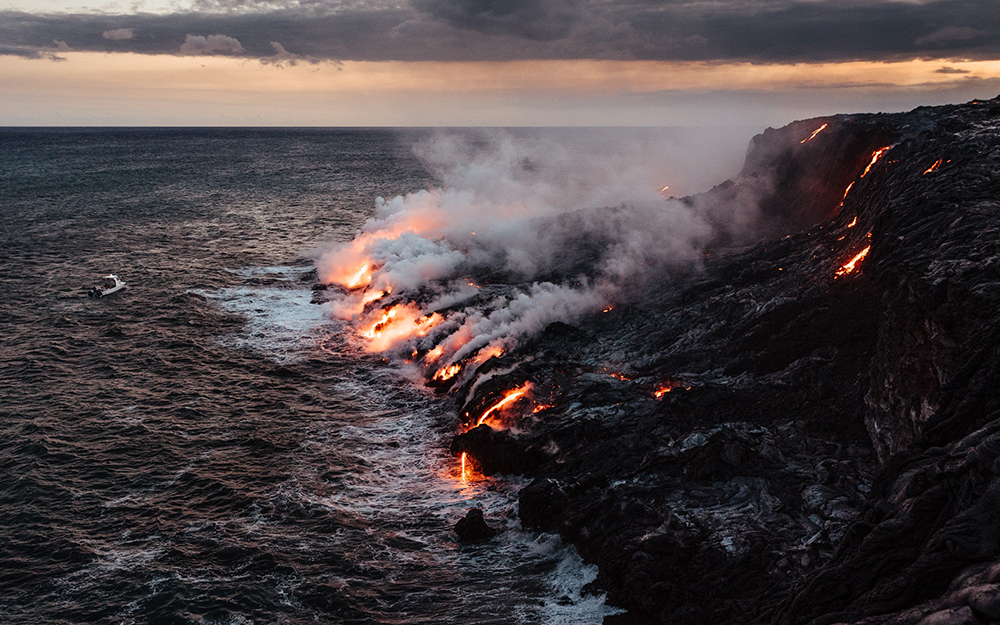
How Does Water Stay Fizzy Once Packaged?
Because the carbon will not hold in the bottling process, carbonation (natural CO2) and water (H2O) are harvested separately. The CO2 and H2O are then joined together in the bottling process.
Tiny Bubbles
CO2 molecules can be injected into water at different pressures to get bubbles of varying sizes. Sparkly, or effervescent, water, has tinier bubbles. The smaller the bubbles, the more water you will taste than air. Once open, artificially carbonated water goes flat, but naturally carbonated water will retain its bubbliness about ten times longer.
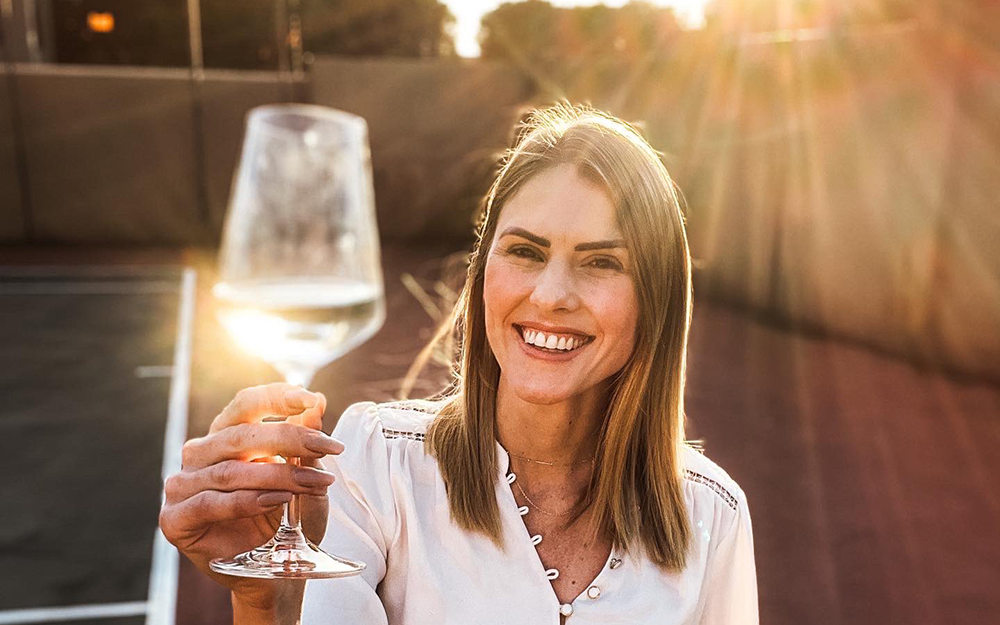
BYOG (Bring Your Own Glass)
If you want to take your drinking experience to the next level and wow your dining mates, be like Candice and BYOG the next time you eat out. Bringing a dedicated glass for drinking water can elevate the act from a reflex to an experience. "Why spend money on a bottle of wine only to drink chlorinated tap water? People come to restaurants for the experience and pay a lot of money. The water should match that experience," Candice says. In fact, Candice works with restaurants to create water menus.
"It's About Taste, Not Thirst."
Creating a water menu involves more than choosing water that will pair well with different foods. A water menu is designed to show that water is not just water, and that every water is different. In doing so, water menus are another tool to spark conversation around water.
In addition, a water menu “is not about paying exorbitant prices for water.” Whether local or imported, unique and delicious water can be reasonably priced.
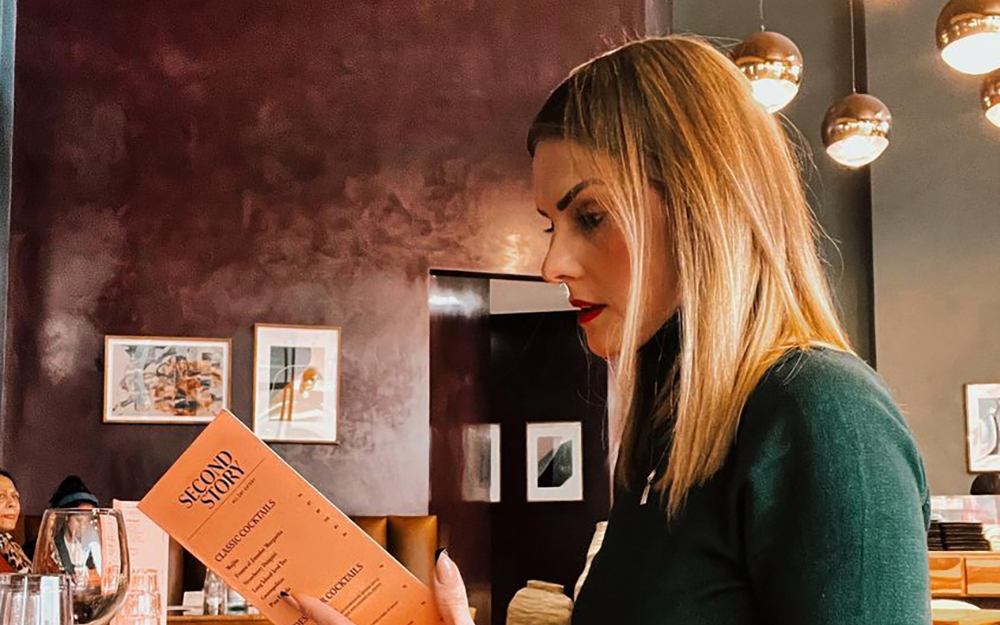
"People think all water tastes the same, which is not true," Candice says. "The taste will be different even when remineralizing water [instead of natural mineralization]. That solves hydration but doesn't necessarily acknowledge that water can taste different. It’s about taste, not thirst.”
Lastly, water shouldn’t have a smell. “If you can smell water, it’s not a good sign."
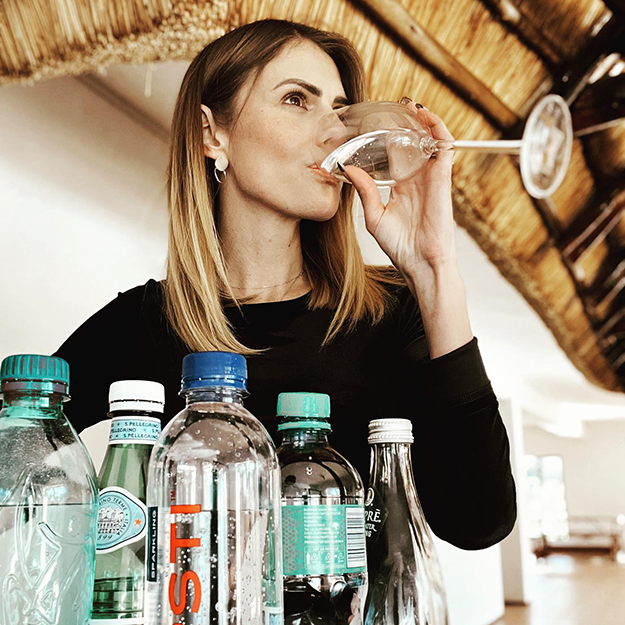
Cover Your Swimming Pools
Water can evaporate up to 80 percent faster in the summer, so pools may need to be refilled up to 3-4 days a week. “That’s a hell of a lot of water,” says Candice. “Putting on a cover slows evaporation and saves you money.” Here are more sommelier-approved water conservation tips:
Use a dishwasher rather than handwashing.
Don’t throw water out. Water plants with recycled water and at the right time of day (early morning or evening).
Your Bottled Water May Be Packaged Tap Water
You may be buying overpriced, highly processed tap water. As stated previously, many top-selling bottled water brands are selling tap water in fancy packaging.
After all this hullabaloo about water, Candice hopes you will go home and have a conversation about water with your family. Her biggest goal is to create a conversation.
“We can give water a fun element. We can learn about water and don’t all have to be scientists to join the conversation. We can’t leave the solution up to scientists and the government.”
Join the conversation about water with Candice at https://www.tiktok.com/@watersomm. To see her latest projects, follow Candice on Facebook.

